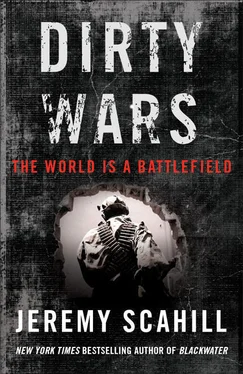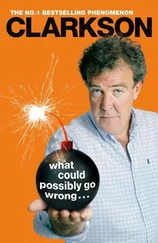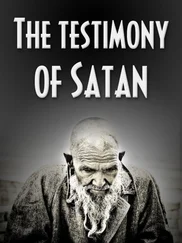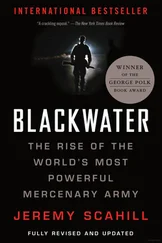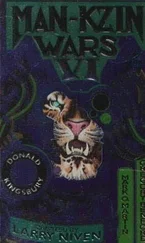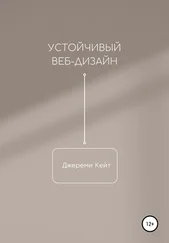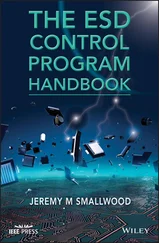In the early days of the Bush administration, Black began agitating once again for authorization to go after bin Laden. “He used to come in my office and regale me with all the times when he had tried to do something about Osama bin Laden, prior to 9/11,” recalled Lawrence Wilkerson, who served as Secretary of State Colin Powell’s chief of staff at the time. He told me Black said that “because of the lack of courage of Delta [Force], and lack of bureaucratic competence in the CIA, he’d never been able to do anything.” According to Wilkerson, Black told him that “every time they presented a possibility to Delta, for example, they would come up with this list of questions they had to answer, like, ‘What kind of nails are in the door?’ ‘What kind of lock is on the door?’ ‘Give us the serial number on the lock,’ and all this kind of stuff, which is just standard SOF [Special Operations Forces] stuff for not wanting to do something.” Much to Black’s satisfaction, such meticulous practices would soon be dispensed with altogether.
On August 6, 2001, President Bush was at his Crawford, Texas, ranch, where he received a presidential daily brief titled “Bin Ladin Determined to Strike in US.” It twice mentioned the possibility that al Qaeda operatives may try to hijack airplanes, saying FBI information “indicates patterns of suspicious activity in [the United States] consistent with preparations for hijackings or other types of attacks, including recent surveillance of federal buildings in New York.” Nine days later, Black addressed a secret Pentagon counterterrorism conference. “We’re going to be struck soon,” Black said. “Many Americans are going to die, and it could be in the U.S.”
After 9/11, Bush and Cheney rewrote the rules of the game. Black no longer needed to hold a gun to anyone’s head to get permission for lethal operations. “My personal emotion was, It is now officially started,” Black recalled. “The analogy would be the junkyard dog that had been chained to the ground was now going to be let go. And I just couldn’t wait.” In his initial meeting with President Bush after the 9/11 attacks, Black outlined how CIA paramilitaries would deploy to Afghanistan to hunt down bin Laden and his henchmen. “When we’re through with them, they will have flies walking across their eyeballs,” Black promised, in a performance that would earn him a designation in the inner circle of the administration as “the flies-on-the-eyeballs guy.” The president reportedly loved Black’s style. When he told Bush the operation would not be bloodless, the president said, “Let’s go. That’s war. That’s what we’re here to win.” Philip Giraldi, a career CIA case officer who went through “The Farm,” the CIA’s training facility in rural Virginia, with Black, recalled running into him in Afghanistan shortly after the first US teams hit the ground post-9/11. “I hadn’t seen him in many years,” Giraldi told me. “I was astonished at how narrow-minded he had become. He would basically keep talking about bringing back bin Laden’s head on a platter—and he meant his head on a platter.” Giraldi said that Black “had a narrow view of things,” and loathed America’s closest European allies, including the British, saying, “He didn’t trust them a bit.” When it came to the emerging US global war, Giraldi said, Black was “a real enthusiast, which is unusual in the Agency. In the Agency, people tend to be kind of skeptical. If you’re an intelligence officer in the field, you get skeptical of a lot of things real fast. But Cofer was one of these enthusiasts.”
On September 19, the CIA team, code-named Jawbreaker, deployed. Black gave his men direct and macabre instructions. “Gentlemen, I want to give you your marching orders, and I want to make them very clear. I have discussed this with the President, and he is in full agreement,” Black told covert CIA operative Gary Schroen and his team. “I don’t want bin Laden and his thugs captured, I want them dead,” Black demanded. “They must be killed. I want to see photos of their heads on pikes. I want bin Laden’s head shipped back in a box filled with dry ice. I want to be able to show bin Laden’s head to the President. I promised him I would do that.” Schroen said it was the first time in his thirty-year career that he had been ordered to assassinate an adversary rather than attempting a capture. Black asked if he had made himself clear. “Perfectly clear, Cofer,” Schroen told him. “I don’t know where we’ll find dry ice out there in Afghanistan, but I think we can certainly manufacture pikes in the field.” Black later explained why this would be necessary. “You’d need some DNA,” Black said. “There’s a good way to do it. Take a machete, and whack off his head, and you’ll get a bucketful of DNA, so you can see it and test it. It beats lugging the whole body back!” When Russian diplomats meeting with Black in Moscow ahead of the full US invasion of Afghanistan reminded Black of the Soviet defeat at the hands of the US-backed mujahedeen, Black shot back. “We’re going to kill them,” he said. “We’re going to put their heads on sticks. We’re going to rock their world.” In a sign of things to come, the covert operations Black organized immediately after 9/11 relied heavily on private contractors. The initial CIA team consisted of about sixty former Delta Force, ex-SEALs and other Special Forces operators working for Black as independent contractors, making up the majority of the first Americans to go into Afghanistan after 9/11.
In the beginning, the list of people who had been pre-cleared for CIA targeted killing was small: estimates ranged from seven to two dozen people, including bin Laden and his deputy, Ayman al Zawahiri. And the operations were largely focused on Afghanistan. On October 7, President Bush officially launched “Operation Enduring Freedom,” and the US military began a campaign of air strikes, followed by a ground invasion. In the early days of the Afghanistan campaign, CIA personnel and Special Forces worked in concert. “We are fighting for the CT [counterterrorism] objectives in the Afghan theater,” the chief of counterterrorist special operations wrote in a memo to CIA personnel in October 2001. “And although this sets high goals in very uncertain, shifting terrain, we are also fighting for the future of CIA/DOD integrated counterterrorism warfare around the globe. While we will make mistakes as we chart new territory and new methodology, our objectives are clear, and our concept of partnership is sound.” At the time, the CIA had a very small paramilitary capability, but as the lead agency responsible for hunting down those responsible for 9/11, the CIA could borrow Special Operations Forces for missions.
Rumsfeld had no interest in being the support team for the CIA, and the Agency’s emerging centrality in the growing US war did not sit well with the defense secretary. Rumsfeld had nothing but contempt for the Clinton administration, and he, Cheney and their neoconservative allies thought that the CIA had become a watered-down liberal iteration of its former self. Covert action, they believed, had been handcuffed by lawyers and unnecessary and intrusive congressional oversight that would hinder what they perceived as life-and-death operations that needed to be conducted in secret. Although Cofer Black shared Rumsfeld’s zeal for killing “terrorists,” that was not enough. Rumsfeld wanted nothing to do with CIA oversight bureaucrats, and he didn’t want his forces under CIA control. Cheney had made clear that under this administration, CIA lawyers and congressional committees would not be viewed as defenders of the law or as part of a necessary system of checks and balances. As Rumsfeld was fond of saying, these institutions were a hindrance to “taking the fight to the terrorists.” Lawyers would be consulted to rubber-stamp secret policies and only certain, select members of Congress would be consulted. Briefings to Congress, including mandated full-access briefings to the elite “Gang of Eight” congressional members who were historically briefed on intelligence operations regarding covert actions, would be censored and redacted internally at the White House, meaning a sanitized version would be given to US lawmakers.
Читать дальше
